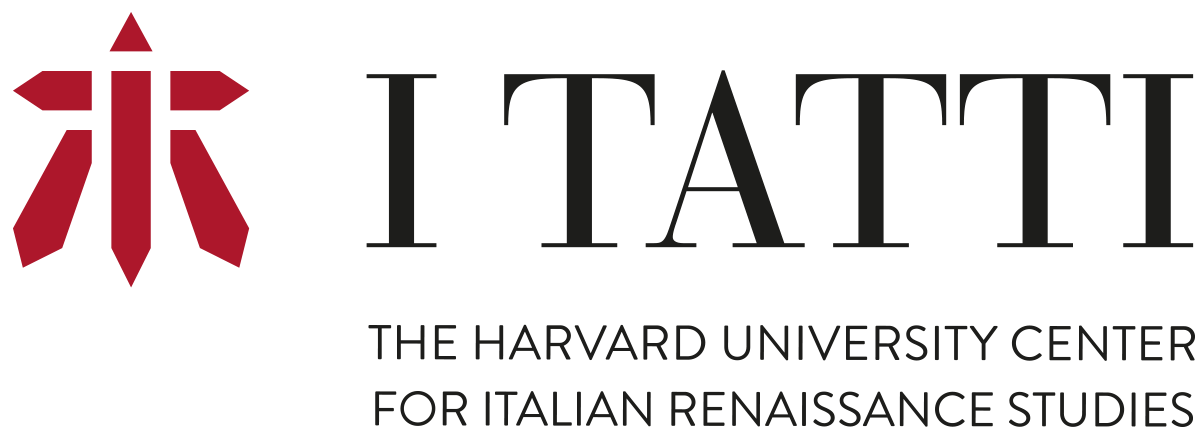Steven Lauritano
"From Palladio to Schinkel" Rethinking Renaissancismus
2025-2026 (January - June)

Biography
Steven Lauritano is Senior Lecturer for architectural history at Leiden University. He holds a PhD in the History of Art from Yale University and a Master of Architecture from Princeton University. His research explores the intersections of architecture and antiquarianism, the history of architectural preservation, and the reciprocal relationships that connect historiography and design. His most recent publications include a special issue of Architectural Theory Review on the theme of “Untimely Teachers” (2024), co-edited with Wouter van Acker, and an essay on the transhistorical antiquarianism that marks the publication history of Johann Bernhard Fischer von Erlach’s Entwurff einer historischen Architektur (1721).
Project Summary
In 1911 the architect and historian Paul Klopfer proposed a division of architectural Klassizismus into three phases: Hellenismus, Latinismus, and Renaissancismus. While Klopfer’s schema appears to extend the project of art historical subcategorisation, he had something more radical in mind – namely, a reformulation of the assumed relationship between style and culture. Classicism, he argued, is not an expression of culture. It exists independently, as a fragmented set of forms, motifs, and tropes. In a particular time and place, when a culture is able to set up new and adequate tasks (Aufgaben) for the remnants of classical style, then Classicism occurs. Klopfer presented these ideas in a book titled Von Palladio bis Schinkel (Esslingen, 1911). There, he identified the work of the Prussian architect Karl Friedrich Schinkel (1781-1841) as a prime example of the later phase of Classicism, i.e. Renaissancismus. Though largely forgotten today, Klopfer’s text identifies an affinity between Schinkel’s design approach and certain Renaissance monuments, a set of distinctly aggregate structures which show up in the pages of Schinkel’s sketchbooks from his second Italian journey. By taking up, once again, the study of Schinkel’s Renaissancismus, this research aims to better understand spoliation as a modern cultural process. More broadly, the project critically reconsiders the term Renaissancismus and aims to evaluate the degree to which it offers a useful concept for architectural history moving forward.
